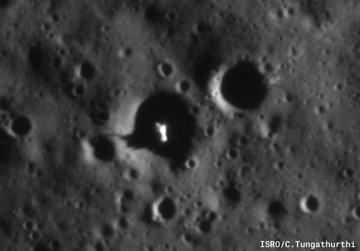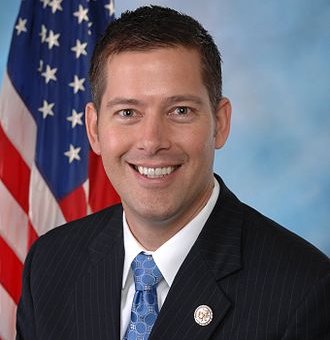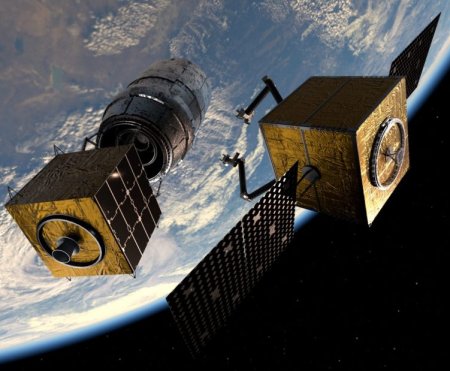Two launches today less than 20 minutes apart
Arianespace and ULA both successfully completed launches today, less less than 20 minutes apart.
First Arianespace placed in orbit a new European weather satellite, its Ariane-6 lifting off from French Guiana in South America on its second commercial launch and third launch overall.
Next, ULA launched a Space Force national security classified payload, its Vulcan rocket lifting off from Cape Canaveral in Florida. This was the Vulcan’s third launch, and the first in 2025. It is also its first commercial launch, and the first since the military certified the rocket for its use. It was also the first since a nozzle fell off a strap-on booster during its last launch in October 2024. On this launch it used four boosters, all of which functioned as planned.
For Arianespace (and Europe) this was its fourth launch in 2025 so it does not make the leader board for the 2025 launch race. Similarly, this was ULA’s third this year, so it also does not make the leader board.
The leaders in the 2025 launch race:
98 SpaceX (with another Starlink launch scheduled for later today)
43 China
11 Rocket Lab
9 Russia
SpaceX still leads the rest of the world in successful launches, 98 to 76.
Arianespace and ULA both successfully completed launches today, less less than 20 minutes apart.
First Arianespace placed in orbit a new European weather satellite, its Ariane-6 lifting off from French Guiana in South America on its second commercial launch and third launch overall.
Next, ULA launched a Space Force national security classified payload, its Vulcan rocket lifting off from Cape Canaveral in Florida. This was the Vulcan’s third launch, and the first in 2025. It is also its first commercial launch, and the first since the military certified the rocket for its use. It was also the first since a nozzle fell off a strap-on booster during its last launch in October 2024. On this launch it used four boosters, all of which functioned as planned.
For Arianespace (and Europe) this was its fourth launch in 2025 so it does not make the leader board for the 2025 launch race. Similarly, this was ULA’s third this year, so it also does not make the leader board.
The leaders in the 2025 launch race:
98 SpaceX (with another Starlink launch scheduled for later today)
43 China
11 Rocket Lab
9 Russia
SpaceX still leads the rest of the world in successful launches, 98 to 76.



